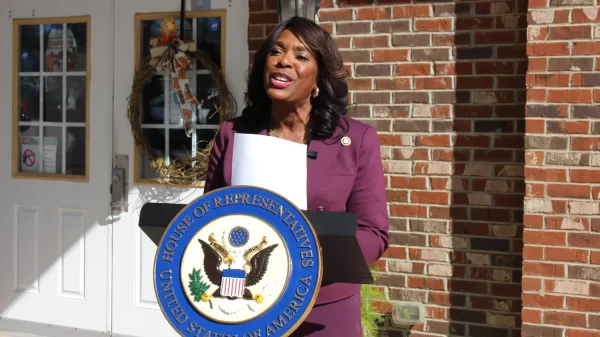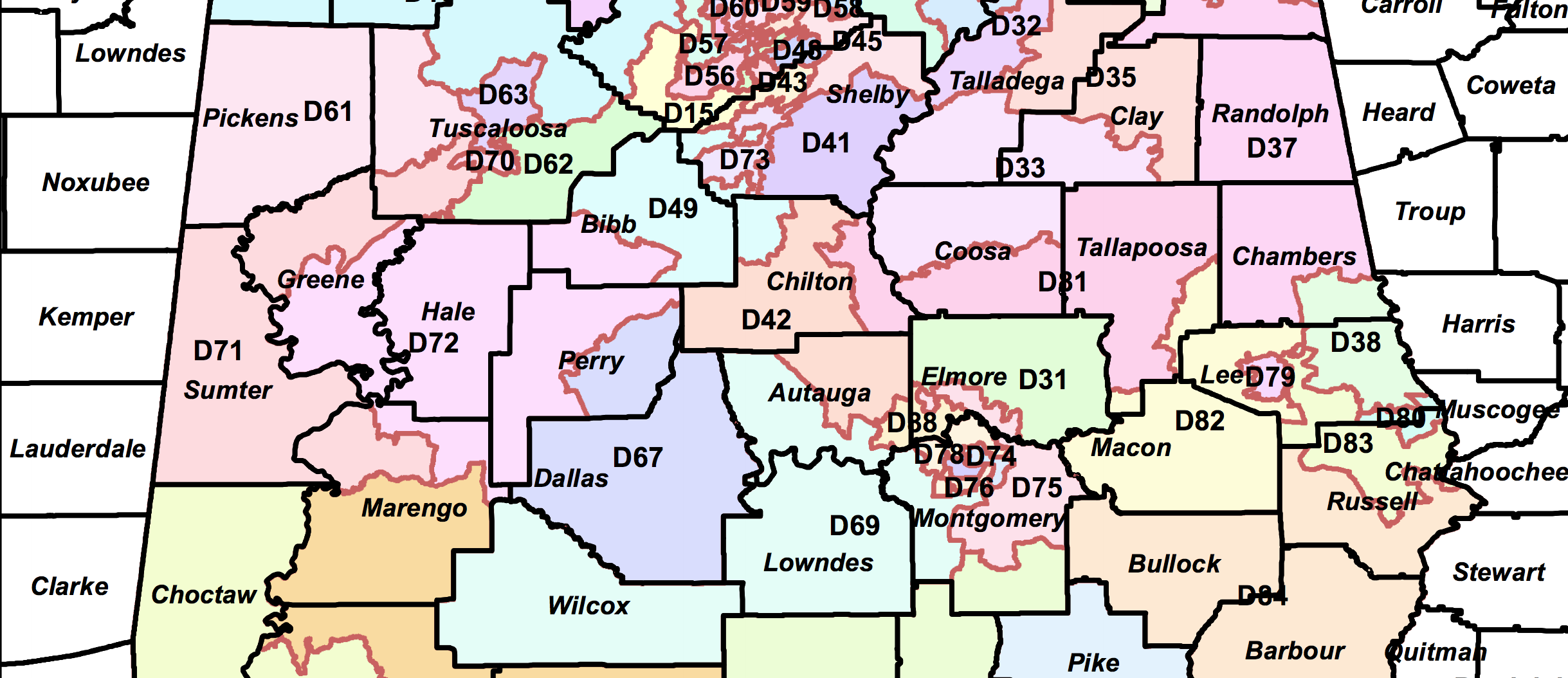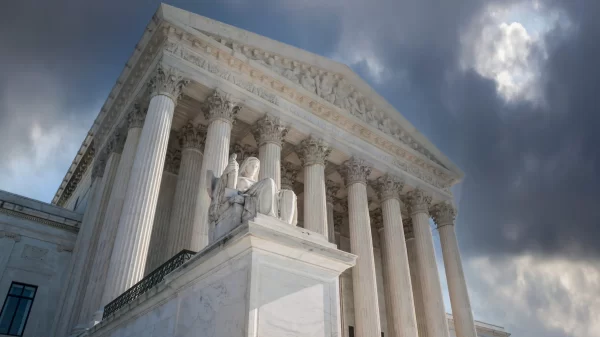By Brandon Moseley
Alabama Political Reporter
Thursday, April 27, the Joint Committee on Redistricting released their proposed Alabama House and Senate Districts for the 2018 elections.
The previous redistricting plan was approved by the Obama Justice Department’s Civil Rights Division. Despite this the Alabama Legislative Black Caucus and the Alabama Democratic Conference sued the State and took the case all the way to the US Supreme Court which rejected the old plan because it found that minorities were stacked in majority minority districts. The Supreme Court sent the redistricting back to the Appeals court in Atlanta which ordered the Alabama Legislature to redo the plan.
In Alabama race is a political issue. Black voters often vote 85 to 90 percent for Democratic candidates. White voters on the other hand increasingly overwhelmingly vote for Republican candidates. Unpacking Black voters from some of the majority minority districts in theory makes majority majority (White) districts potentially more competitive. Some majority White districts have actually gotten much Whiter in this minority districts while some others have gotten more diverse. Unpacking also means that some majority minority districts could become competitive as well.
The Alabama Political Reporter asked Alvin Holmes (D-Montgomery) is this redistricting meant that the Legislature could possible lose a majority minority district. Holmes said that he still had to study the plan; but said that this was a possibility.
At issue in the court was an attempt to get a uniform percentage of minorities in each district. The Court rejected that principle. Under this new plan there is no attempt to get a standard breakdown. Many of the districts previously were 75 percent White or (in the case of majority minority district were 75 percent minority. That rule was thrown out.
There are some exceptions in the House, but the Senate is very straightforward: all the majority Black districts are in Democratic Party hands. All the majority White districts are in Republican or Independent hands (Sen. Harri Anne Smith was a Republican until she was thrown out of the party for endorsing a Democrat in 2010).
Senate District 1 would be 80.89 percent White and 14.9 percent Black. Senate District 2 would be 93.01 percent White and 3.97 percent Black. Senate District 3 would be 72.35 percent White and 23.74 percent Black. SD4 would be 78.37 percent White and 12.75 percent Black; SD5 79.25 percent White and 12.42 percent Black; SB6 74.77 percent White and 18.91 percent Black; SD7 85.87 percent White and 3.85 percent Black; SD8 would be 68.63 percent White and 20 percent Black; SD9 would be 93.84 percent White and 1.89 percent Black; SD10 81.74 percent White, 12.44 percent Black; SB11 would be 81.66 percent White and 14.96 percent Black; SD 12 would be 75.26 percent White and 20.4 percent Black; SD 13 would be 75.49 percent White and 21.25 percent Black; SD 14 would be 80.48 percent White and 13.5 percent Black; SD 15 would be 80.96 percent White and 14.44 percent Black; SD 16 will be 78.75 percent White and 12.54 percent Black; SD 17; SD 18 would be 36.54 percent White and 57.3 percent Black; SD 19 would be 32.9 percent White and 64.94 percent Black; SD 20 would be 31.85 percent White and 63.37 percent Black; SD 21 would be 79.89 percent White and 16.13 percent Black; SD 22 would be 68.62 percent White and 26.12 percent Black; SD 23 would be 37.12 percent White and 61.26 percent Black; SD 24 would be 36.64 percent White and 60.74 percent Black; SD 25 would be 65.7 percent White and 28.47 percent Black; SD 26 would be 25..2 percent White and 69.75 percent Black; SD 27 would be 69.05 percent White and 25.05 percent Black; SD 28 would be 42.87 percent White and 53.87 percent Black; SD 29 would be 77.78 percent White and 17.12 percent Black; SD 30 will be 74.75 percent White and 19.54 percent Black; SD 31 would be 74.75 percent White and 19.54 percent Black; SD 32 would be 87.25 percent White and 7.83 percent Black; SD 33 was 26.26 percent White and 71.06 percent Black; SD 34 would be 80.28 percent White and 13.81 percent Black; and SD 35 would be 74.05 percent White and 19.05 percent Black.
The census numbers are also broken down into numbers of Native Americans, Asians, Hawaiians and other Pacific Islanders, and those people who claim heritage for more than one race; but none of those groups are in sufficient numbers for them to have a majority district.
There are a number of minor changes to the district lines. Senator Phil Williams (R-Rainbow City) for example, who has had a very poor relationship with St. Clair County would no longer represent any part of St. Clair County.
The 105 member House is similarly unpacked and has its own redistricting plan.
Both Houses have to still pass both of these plans.
These district maps will only be used in one election as well as any possible special elections that may arise. The State will be redistricted again with more current numbers following the 2020 Census.

















































